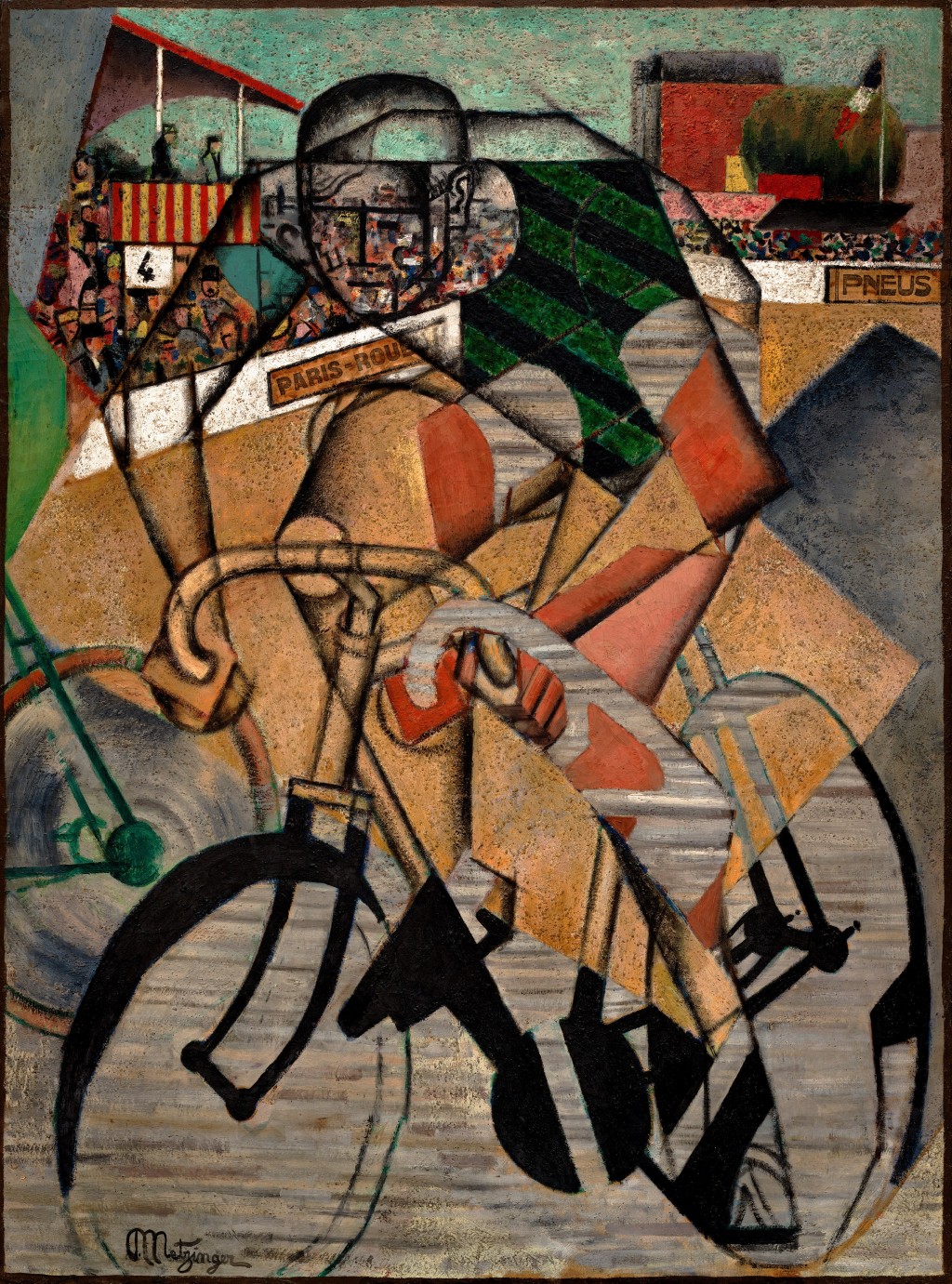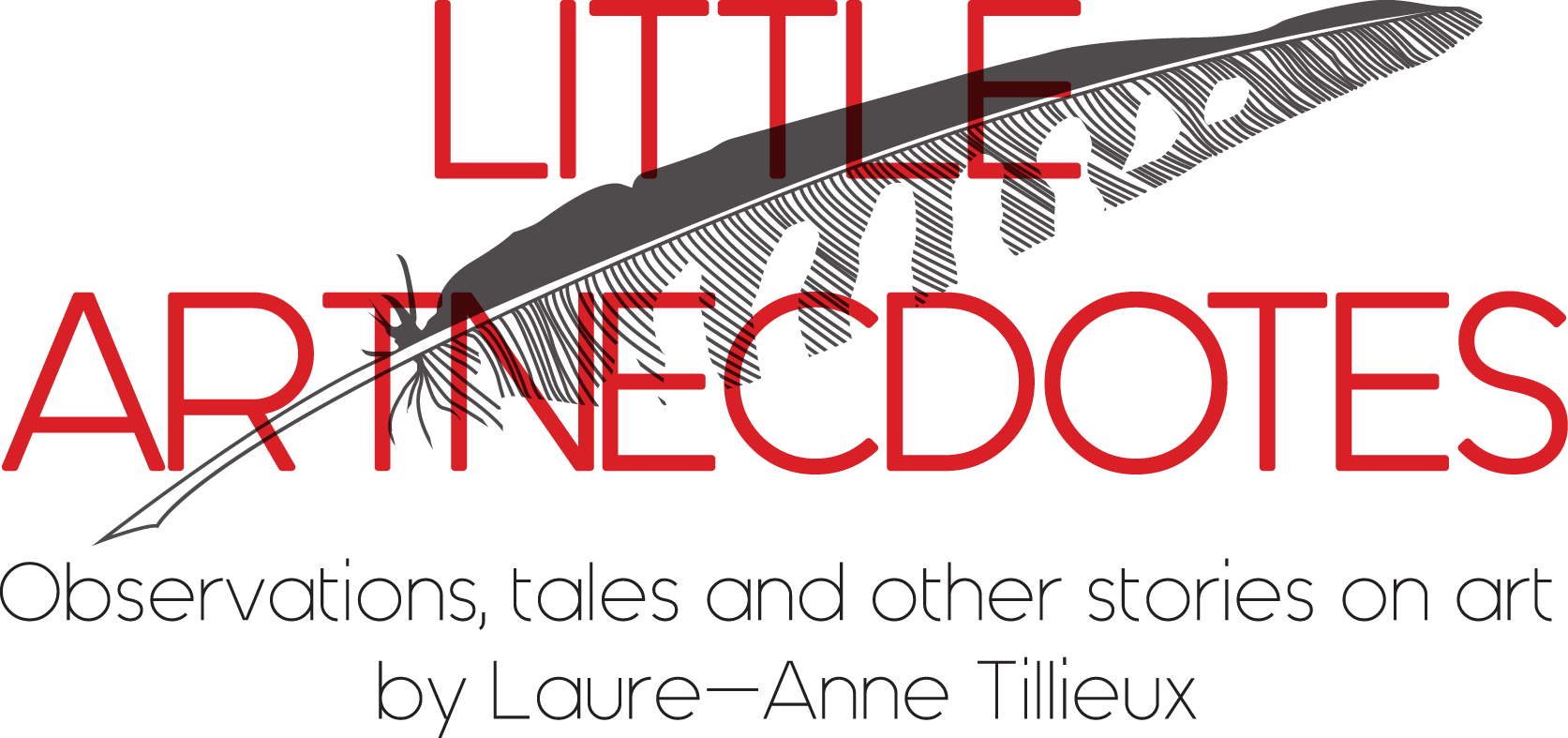
On the road
After many years of considering cycling, I finally made the move. Since the beginning of June I ride my bike with great pleasure. Although the weather has prohibited me to go for a long autumn tour so far, I can’t help but think of future rides across the flat roads of my homeland. In the meanwhile, by chance, I came across a postcard of a work by French artist and theorist Jean Metzinger (1883-1956), At the cycle-race track (Au Vélodrome) from 1912.
The painting, an oil and collage on canvas, illustrates the final meters of the well-known Paris-Roubaix race and portrays its 1912 winner Charles Crupelandt. Referred as the Hell of the North Paris-Roubaix is known for its extreme difficulty and danger of cycling over the narrow cobblestone roads of northern France. Instead of presenting men in action, facing the challenges of the course, Metzinger preferred the excitement of winning, the cheering of an enthusiastic crowd, the final effort of a champion in his last meters in the velodrome of Roubaix. The painting is considered to be one of the first in modern art to represent a specific sporting event and its champion.
Metzinger followed the tendencies of that time by incorporating elements of Cubism and Futurism in his painting. As an avid advocate and theoretician of Cubism, he sought to communicate the principles of this movement through his writings as well as his paintings. Though the background of the image suggests essentially a naturalistic scene, Cubist elements can be found in the printed-paper collage, the use of transparent planes to define space, and the inclusion of a grainy surface. His choice of a man in motion, the fusing of forms and the suggestion of velocity, find parallels in Futurism. However, the result seems a bit hesitant and not completely set. The influence of Impressionism persists. Metzinger attempted to come to terms with a new pictorial language, a journey of a go-getter like racer Crupelandt. Always on the road in search of victorious achievements.
